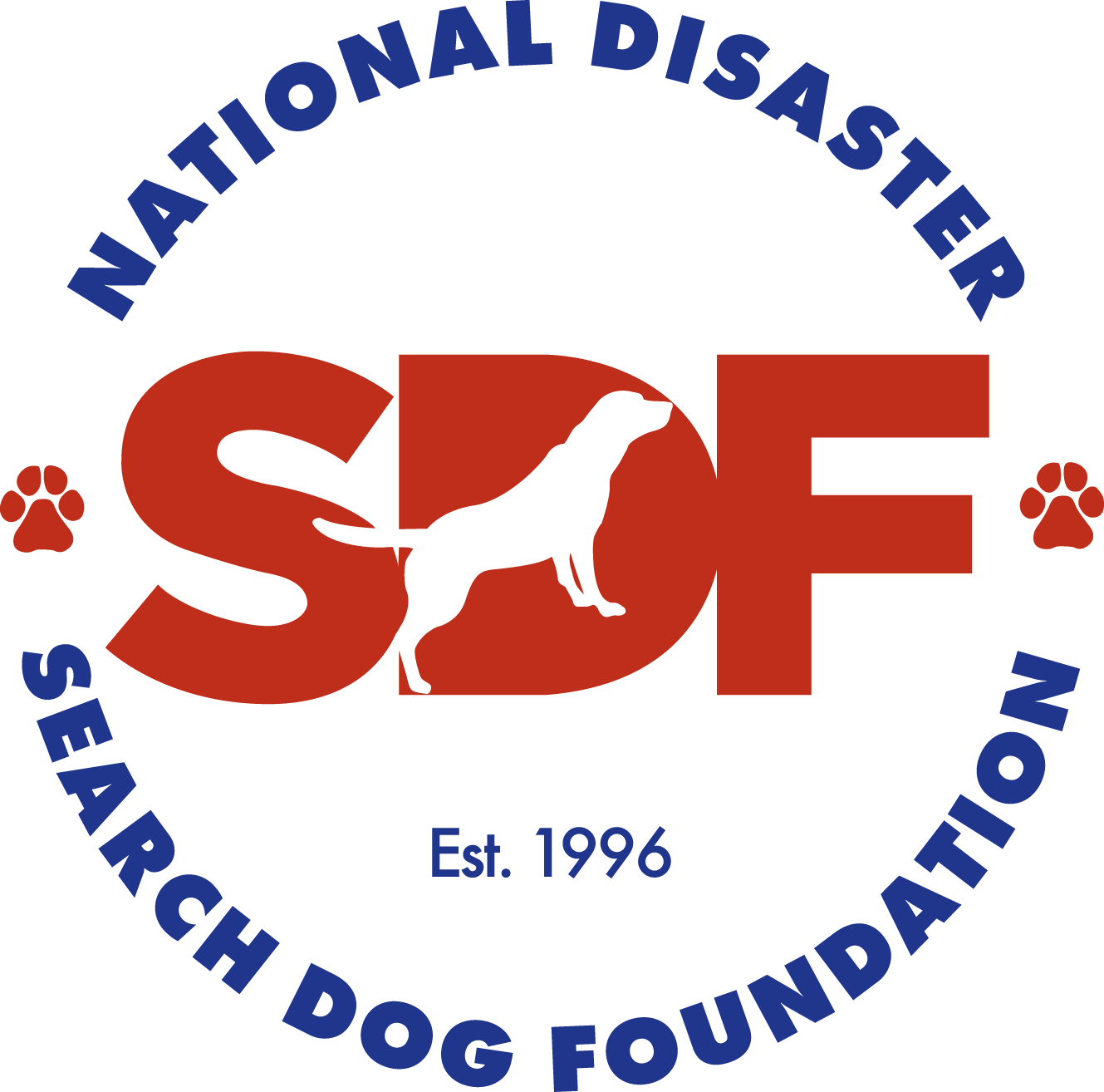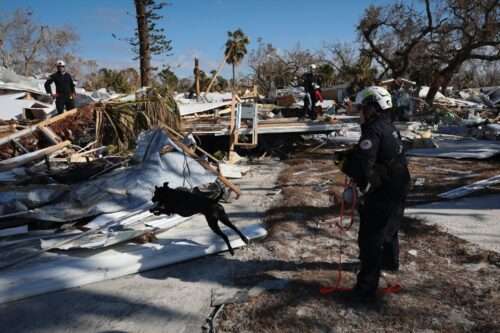BOOTS AND PAWS ON THE GROUND: WHAT HAPPENS DURING A DEPLOYMENT?
SDF provides the training and guidance necessary to prepare search teams to deploy, but we do not deploy teams directly to incidents. All SDF teams are part of a federal and/or state task force and a local response agency, which means when a call for assistance comes through a fire department, law enforcement agency, or other organization, these task forces are activated to respond with a team of rescuers which can include search dogs.
Every response is different as these urban search and rescue task forces respond to all types of disasters, both natural and manmade. Because different strategies are applied to search for survivors in each scenario, deployed search dogs may not search if they are not needed. But make no mistake, they are ready if needed.
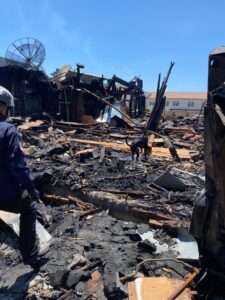 What is the difference between a state and federal task force?
What is the difference between a state and federal task force?
State task forces are governed individually by each state and set their own operational procedures and policies. Generally, their responses are dictated by mutual aid agreements with neighboring counties and states, allowing them to respond within their state borders and regions nearby.
Federal task forces currently placed throughout the United States are run by the Federal Emergency Management Agency (FEMA) and are deployed by the federal government anywhere within the country when needed. They can also respond as a state task force when the response is in their own state.
How do the teams deploy internationally?
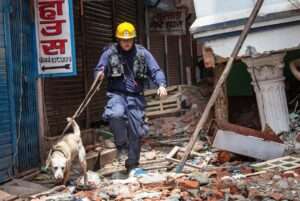 Two of our country’s federal task forces are deployable internationally: Los Angeles County-based California Task Force 2 (CA-TF2) and Fairfax County-based Virginia Task Force 1 (VA-TF1). These task forces can deploy with a group of 40-75 rescuers and six canines each to assist foreign governments with search and rescue efforts and humanitarian relief in the event of a disaster.
Two of our country’s federal task forces are deployable internationally: Los Angeles County-based California Task Force 2 (CA-TF2) and Fairfax County-based Virginia Task Force 1 (VA-TF1). These task forces can deploy with a group of 40-75 rescuers and six canines each to assist foreign governments with search and rescue efforts and humanitarian relief in the event of a disaster.
When deployed outside the United States, these task forces are known as USA-1 (Virginia) and USA-2 (Los Angeles County). Both are completely self-sufficient when deployed, meaning they do not create an additional burden on the country they are assisting.
For an international deployment, the country in need requests assistance from the United States for USA-1 and USA-2 to deploy. Once called, the task forces can be gone for up to three weeks as they help search for survivors, provide medical aid, and recover those lost in the disaster.
SDF teams have participated in international deployments multiple times, including the deadly 2010 earthquake in Haiti, the 2011 earthquake and tsunami in Japan, multiple earthquakes that struck Nepal in 2015, the 2017 earthquake in Mexico City, and the 2021 earthquake in Haiti.
Learn more about SDF teams’ international deployments on our Deployments page.
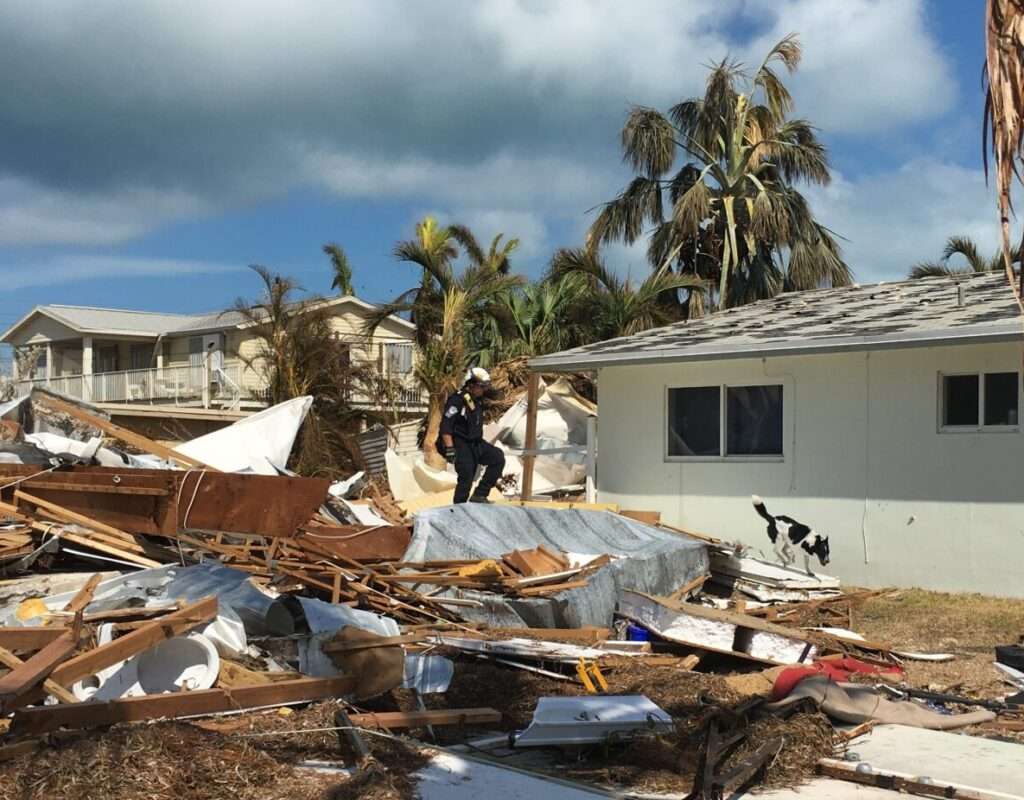 What do the canines do when deployed?
What do the canines do when deployed?
No technology can match a dog’s nose when it comes to finding survivors buried in debris. A search dog enables rescuers to “clear a pile,” or deem it clear of any buried survivors, without digging beneath the surface. This quick but thorough clearance means precious time and resources can be spent efficiently within the search area to look for survivors.
Some search scenarios are more difficult for the dogs than others, but that’s why SDF built our National Training Center: to provide training on these more advanced setups before a team faces these search problems while deployed.
What role does SDF play in a deployment?
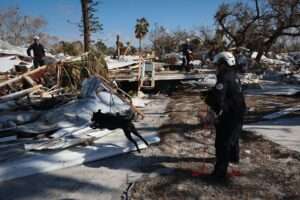
SDF is not a deploying agency, so we do not decide where or when our teams deploy. Our role is to train canine disaster search teams to the highest level of deployment readiness before they face real disasters. We also take lessons learned from previous deployments and incorporate them into training scenarios at the National Training Center.
How can I help SDF teams deploying to a disaster?
SDF-trained teams at a disaster have everything they need to do their job on that specific deployment. Donations to SDF will go toward training existing teams to maximize their deployment readiness and ensure that the next generation of search teams has ongoing support to prepare them for future rescue missions.
